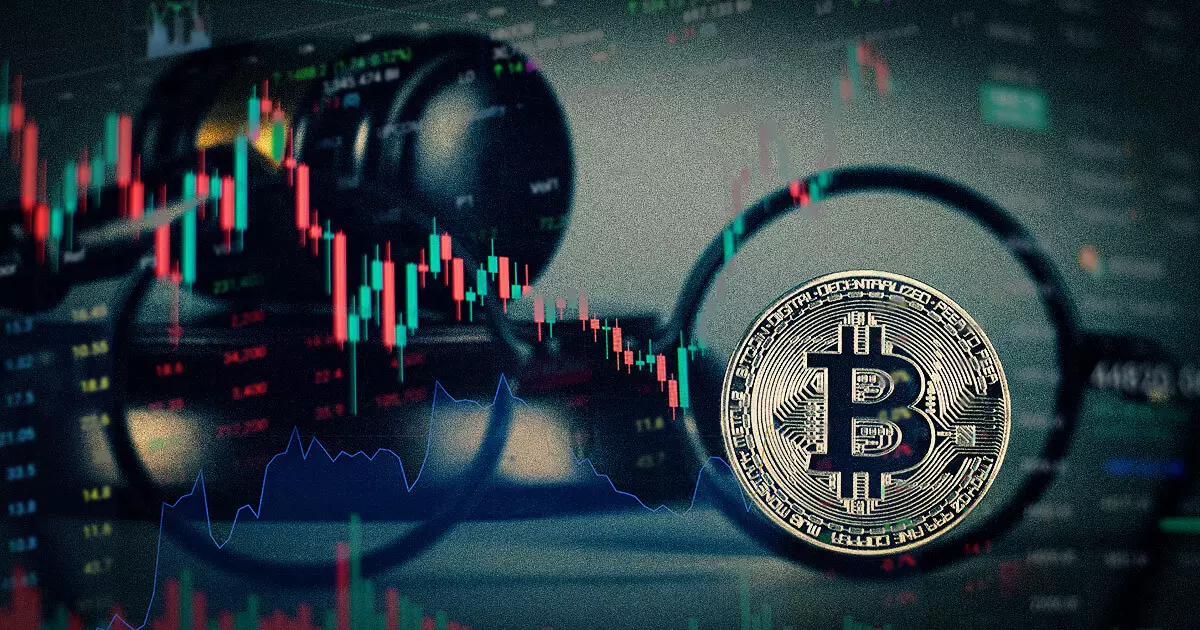The U.S. Accountability Office (GAO) has emphasized the urgency of addressing significant regulatory gaps in the crypto industry, particularly in relation to spot cryptocurrency markets and stablecoins. The GAO’s recent report titled “Blockchain in Finance” acknowledges the potential benefits of blockchain technology, such as faster and cheaper transactions. However, recent events, including the collapse of FTX, have highlighted the pressing need for comprehensive regulation in this sector.
The Lack of Oversight and the Call for Legislation
According to the GAO, the lack of a comprehensive regulatory framework and a coordination mechanism among federal regulators has hindered effective supervision of the crypto industry. The report emphasizes the necessity for Congress to focus on enacting new legislation that addresses consumer protection and ensures financial stability within the sector. Establishing a formal coordination mechanism would enable federal financial regulators to collectively identify risks and develop appropriate responses in a timely manner.
Regulating Spot Cryptocurrency Markets
The GAO’s report highlights the prevalence of fraudulent activities and trading manipulation in spot markets for cryptocurrencies that are not classified as securities. These markets currently lack regulatory oversight, as no authority has the power to supervise them. The report suggests that platforms facilitating the trading of crypto-assets that are not securities should be subject to similar regulation and registration requirements as platforms trading crypto-asset securities. By doing so, Congress can enhance user protection against unfair trading practices and manipulation.
Addressing the Risks of Stablecoins
Stablecoins have emerged as a significant component of the crypto ecosystem, but the GAO warns that their unregulated nature could eventually pose risks to financial stability. While stablecoins are intended to be backed by reserve assets to maintain their peg to the dollar, the report reveals a lack of uniform standards for reserve levels, risk assessment, and disclosures. Issuers of stablecoins provide varying levels of information about their reserves, leading to potential inconsistencies and uncertainties.
To mitigate these risks, the GAO recommends the implementation of standardized rules for reserve levels and public disclosures. As stablecoins become further integrated into the financial system, it becomes paramount to establish transparency and accountability within this aspect of the crypto industry. Additionally, the report suggests the creation of a legal framework that governs redemption rights associated with stablecoins, ensuring stability and providing clarity for investors.
The GAO’s report underscores the critical need for comprehensive regulation in the crypto industry. The absence of oversight and regulatory gaps in spot cryptocurrency markets and stablecoins pose significant risks to financial stability. By implementing new legislation and establishing a coordination mechanism, Congress can address consumer protection issues and ensure the integrity of the financial system. Standardizing rules for reserve levels and public disclosures, as well as creating a legal framework for stablecoin redemption rights, are vital steps in mitigating risks and fostering a more secure and transparent crypto ecosystem.

